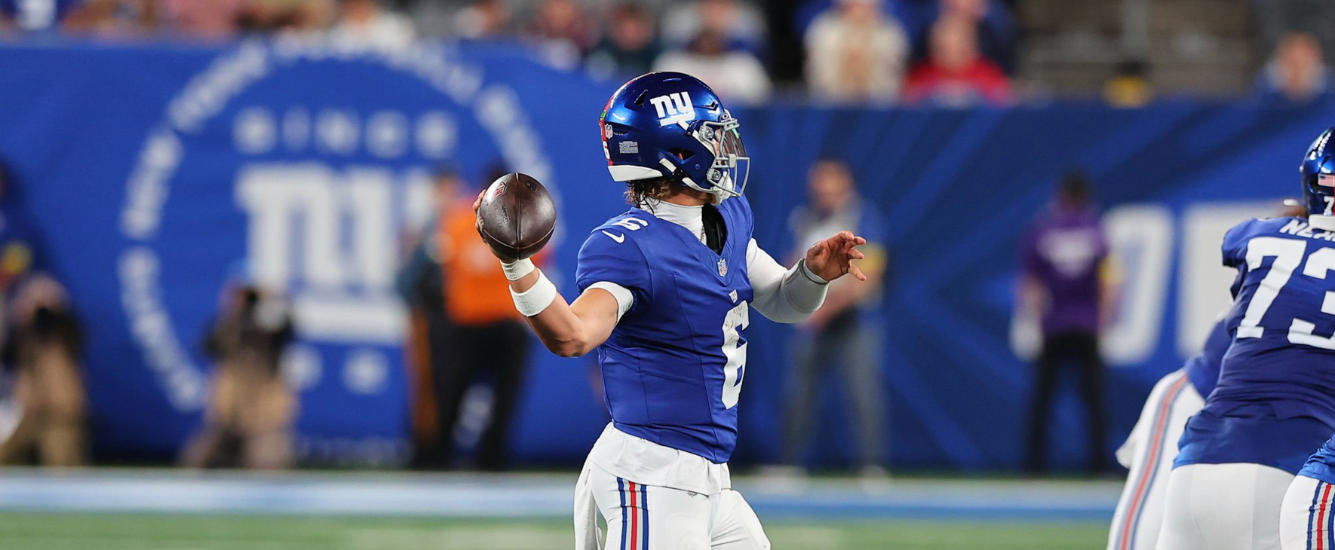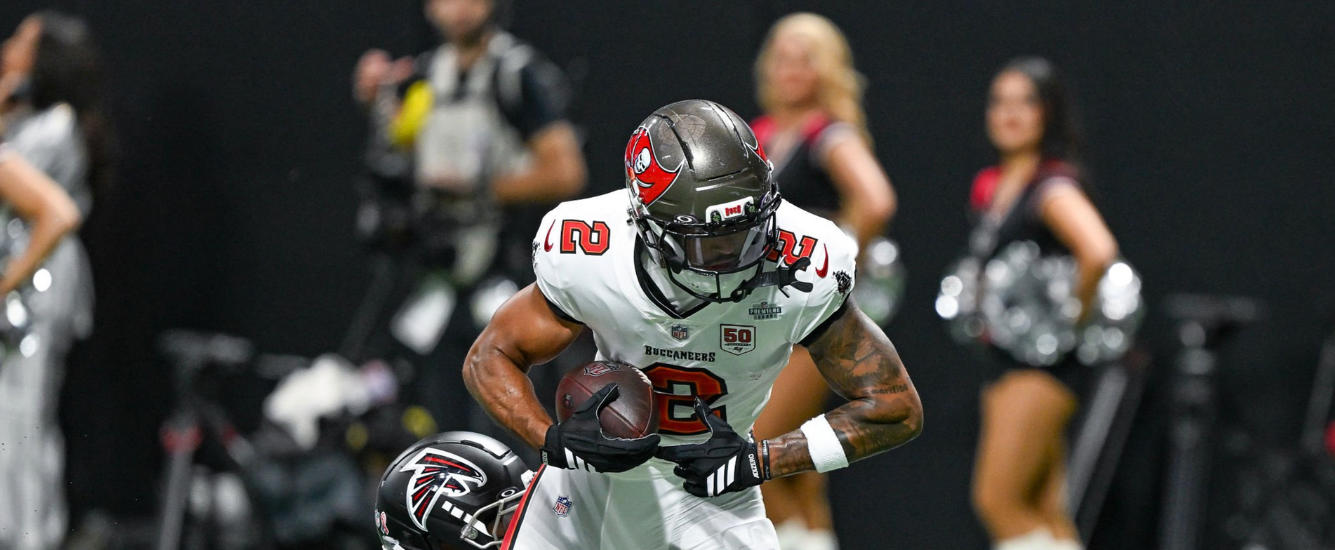It’s rookie season again in the NFL analytics community and the fights are already starting at the wide receiver position. Be prepared to stumble into many arguments over how Jaylen Waddle failed to breakout or how it took Devonta Smith until his fourth and senior season to achieve his breakout all while we are forced to use Ja’Marr Chase’s age-adjusted production from 2019 due to COVID. You will see all these fights repeatedly over the next six months. Many will see this as purely entertainment, but I see it as an opportunity to exploit value from your league mates. We can rely heavily on age adjusted production and specifically on Breakout Age to improve our prospect analysis.
Traditional Formulation
Breakout Age (BOA) was originally defined by Frank DuPont and Shawn Siegele as a means to capture what is common sense into a fixed metric. Do you want to draft the player that slowly increased his production profile until he finally had a good season his senior year, or do you want the player that earned his teams respect and targets in his freshman season?
For a wide receiver this can be simplified as the age at which a player achieved at least a 30% Dominator Rating.

If you are not already convinced, then have a look at this: [1]Sample: All WRs from 2000-2017 drafts that completed at least 3 NFL seasons — 384 Players.
| % of Team’s Total Receptions | ||||
| FR | SO | JR | SR | |
| Top 50 WRs | 19.1% | 26.8% | 30.2% | 34.5% |
| Rest of Sample | 12.7% | 18.2% | 21.5% | 21.1% |
If you compare the top 50 WRs by fantasy production to the rest of the sample, you can see they achieved a dominant share of their team’s receptions much earlier.
Over the years BOA has evolved and rather than reinventing the wheel we will build on Blair Andrews’ work in the Wrong Read – How to Measure Breakout Age.
Blair tested a wide variety of market share and per-team-attempt numbers and found that the 30% Dominator Rating still held up nicely in projecting WRs to the NFL.
I began my project by testing Blair’s numbers using my own sample and definition of success. In this case, I used every WR from 2000-2018 with birthdays in my database (849 players) and looked at the average PPR scoring over each player’s first three NFL seasons.
| METHOD | MISS BO AGE | HIT BO AGE | AGE DIFF | ADJ R-SQUARED |
| BOA_DR20 | 21.44 | 19.95 | 1.49 | 0.113 |
| BOA_DR30 | 22.34 | 20.62 | 1.73 | 0.148 |
| BOA_WD20 | 21.45 | 20.00 | 1.45 | 0.113 |
| BOA_WD30 | 22.45 | 20.68 | 1.77 | 0.150 |
| BOA_MS20 | 21.47 | 20.00 | 1.47 | 0.122 |
| BOA_MS30 | 22.50 | 20.77 | 1.72 | 0.151 |
| BOA_YTA2 | 22.15 | 20.48 | 1.67 | 0.149 |
| BOA_YTA3 | 23.09 | 21.91 | 1.18 | 0.141 |
| BOA_AVG | 22.64 | 21.10 | 1.54 | 0.169 |
DR = Dominator, WD = Weighted Dominator, MS = Market Share, YTA = Yards/Team Pass Att.
My independent calculations match up with Blair’s closely. Approximating his final conclusion, I averaged together the breakout ages associated with 30% Dominator, 30% market share, and 3.0-YPTA. An accuracy of 16.9% will be our goal to beat.
Possible Improvements
Footnotes[+]Footnotes[−]
| ↑1 | Sample: All WRs from 2000-2017 drafts that completed at least 3 NFL seasons — 384 Players. |
|---|




















